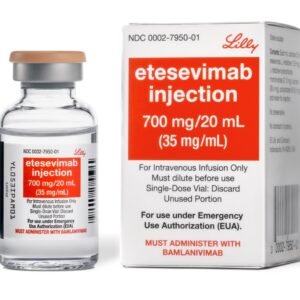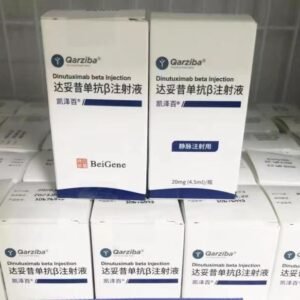:Repaglinide and Metformin Hydrochloride Tablets
Functional Indications:
Used in conjunction with diet control and exercise to improve blood sugar control in adults with type 2 diabetes. It is suitable for patients who have been treated with glinides and metformin hydrochloride in combination, or patients who have poor glycemic control using glinides or metformin hydrochloride as monotherapy. This product is not suitable for patients with type 1 diabetes or for the treatment of diabetic ketoacidosis as it has no effect in these conditions.
Dosage:
1. Recommended dosage: The individualized dosage regimen of this product should be determined based on the patient’s current treatment plan, efficacy and tolerance. It can be administered 2-3 times a day, and the maximum daily dose should not exceed 8 mg repaglinide/2000 mg metformin hydrochloride. Each dose should not exceed 4 mg repaglinide/1000 mg metformin hydrochloride. When using this product for combination therapy, the physician should determine an individualized starting dose and maintenance dose based on the patient’s condition. Blood glucose should be monitored regularly to determine the patient’s response to treatment with this product. This product is usually taken within 15 minutes before a meal, and the taking time can also be controlled from immediately before a meal to 30 minutes before a meal. If the patient misses a meal, he or she should take one dose less medication for this meal. 2. Patients whose blood sugar cannot be effectively controlled by metformin hydrochloride monotherapy: For patients with type 2 diabetes who cannot effectively control their blood sugar by metformin hydrochloride monotherapy, if they are suitable for treatment with repaglinide metformin tablets, the recommended starting dose of this product is 1 mg. Repaglinide/500 mg metformin hydrochloride, taken twice a day with meals, gradually increase the dose according to blood sugar control to reduce the risk of hypoglycemia of repaglinide. 3. Patients whose blood sugar cannot be effectively controlled by repaglinide monotherapy: For patients with type 2 diabetes who cannot effectively control their blood sugar by repaglinide monotherapy, if they are suitable for treatment with repaglinide metformin tablets, hydrochloric acid in this product is recommended. The starting dose of metformin is 500 mg twice daily, and the dose is gradually increased based on blood sugar control to reduce the gastrointestinal side effects associated with metformin hydrochloride. 4. Patients who are currently taking repaglinide and metformin hydrochloride at the same time: For patients who are converted from combined treatment of repaglinide and metformin hydrochloride to this product, the starting dose can be the same as the patient’s current combined treatment of repaglinide and metformin hydrochloride. The dose of metformin hydrochloride is similar (but cannot exceed the current dose). This product can be increased to the maximum daily dose as needed to achieve blood sugar control goals. The safety and effectiveness of this product have not been studied in patients who have been switching to this product from other oral antidiabetic drugs. Because of the potential for changes in glycemic control, any changes in treatment should be implemented with caution and appropriate monitoring.
Adverse reactions:
Repaglinide In clinical trials of repaglinide, the most common adverse reaction (>5%) causing patients to discontinue repaglinide treatment was hypoglycemia. Metformin Hydrochloride Gastrointestinal reactions (e.g., diarrhea, nausea, vomiting) are the most common adverse reactions (>5%) in metformin hydrochloride therapy and occur more frequently at higher metformin hydrochloride doses.
Medication contraindications:
This product is contraindicated in the following patients: 1. Patients with type 1 diabetes and patients with C-peptide negative diabetes. 2. Renal function impairment (such as serum creatinine ≥1.5mg/dL [men] or ≥1.4mg/dL [women], or abnormal creatinine clearance rate). 3. Liver function
Share:
Products
Our offers
Health Classification
Let us work together to protect precious health



























